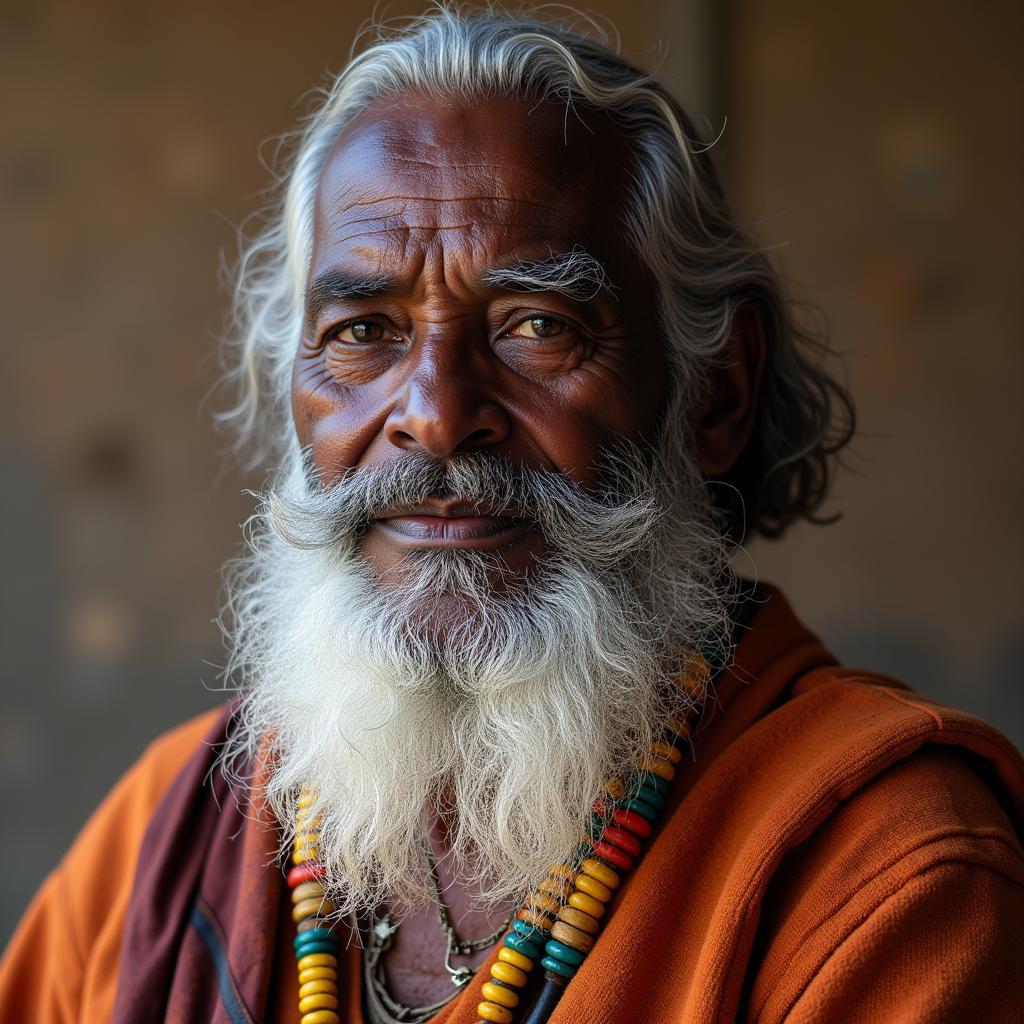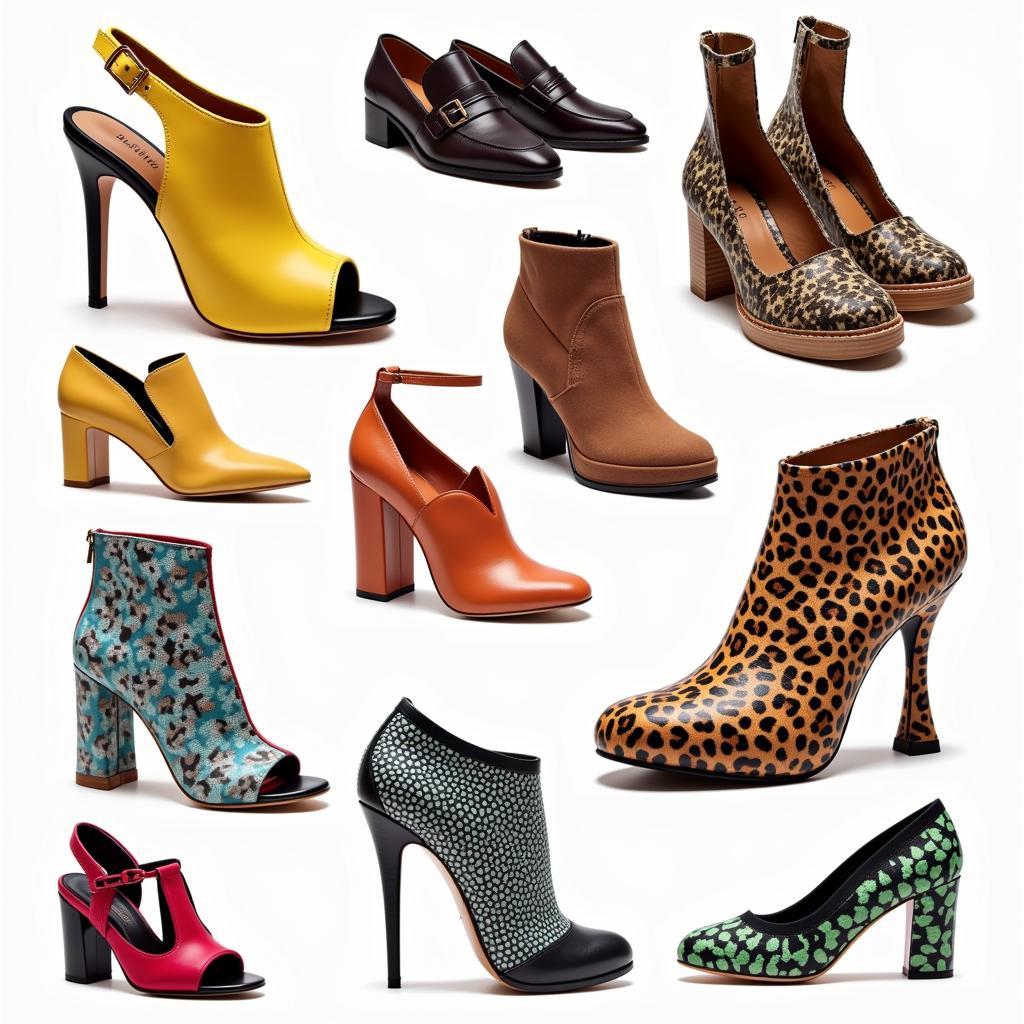Majestic African Cats Breeds: A Comprehensive Guide
Africa, a continent teeming with diverse wildlife, is home to some of the world’s most iconic feline species. From the powerful lion to the elusive serval, African Cats Breeds display a stunning array of adaptations, behaviors, and ecological roles. This exploration delves into the fascinating world of these magnificent creatures, offering insights into their unique characteristics and the challenges they face in the wild.
The King and Its Court: Lions and Their Relatives
The lion, often referred to as the “king of the jungle,” is arguably the most recognizable of the African cats breeds. These social cats live in prides, complex family groups with a defined social hierarchy. While lions are primarily found in sub-Saharan Africa, a small, critically endangered population exists in India’s Gir Forest. Lions play a vital role in their ecosystems as apex predators, regulating prey populations and maintaining ecological balance. Closely related to lions are leopards, known for their remarkable climbing abilities and adaptability to diverse habitats. Cheetahs, the fastest land animals on earth, also share a common ancestor with lions. Their slender bodies and specialized adaptations allow them to reach incredible speeds while pursuing prey across open grasslands.
After introducing the “king,” let’s delve into some lesser-known, but equally fascinating, African cats breeds. You might be surprised to learn about the african dog that doesn’t bark.
Small Cats, Big Personalities: Exploring Africa’s Feline Diversity
Beyond the well-known large cats, Africa harbors a wealth of smaller feline species, each with its own unique charm and ecological niche. The serval, with its long legs and large ears, is a master of hunting rodents and other small prey in grasslands and savannas. Caracals, characterized by their distinctive black ear tufts, are adept climbers and hunters, preying on birds and small mammals. The African wildcat, the ancestor of the domestic cat, is a widespread species found across the continent. These smaller cats play crucial roles in controlling rodent populations and maintaining the health of their respective ecosystems.
Threats and Conservation Efforts: Protecting Africa’s Feline Heritage
Many African cats breeds face significant threats, including habitat loss, human-wildlife conflict, and poaching. As human populations expand and land is converted for agriculture and development, the natural habitats of these magnificent creatures shrink, leading to decreased prey availability and increased competition for resources. Human-wildlife conflict often arises when cats prey on livestock, prompting retaliatory killings by farmers. Poaching for their fur and other body parts also poses a serious threat to some species. Conservation efforts are crucial to ensuring the survival of these iconic animals. These efforts include protecting and restoring habitats, mitigating human-wildlife conflict through community-based conservation programs, and combating illegal wildlife trade.
The African golden cat is one such species facing these challenges. Learn more about its conservation status at african golden cat iucn.
What is the biggest threat to African cats?
Habitat loss and fragmentation are the biggest threats.
How many species of wild cats are there in Africa?
There are at least 12 species of wild cats in Africa.
The Mystery of the Barkless Dog
While not a feline, another fascinating creature found in Africa is the African wild dog, notable for its unusual vocalizations. Learn more about this unique canine at african dog no bark.
Domestic Cats with African Roots: A Feline Legacy
Interestingly, some domestic cat breeds can trace their ancestry back to Africa. Discover more about these fascinating felines at african domestic cat breeds.
“The intricate web of life in Africa is deeply intertwined with the presence of its magnificent cats,” says Dr. Anika Mosi, a renowned wildlife biologist specializing in African feline conservation. “Their survival is not only essential for maintaining ecological balance but also represents a vital part of our shared natural heritage.”
 Cheetah Sprinting Across Savanna
Cheetah Sprinting Across Savanna
Exploring the African Jungle Cat Hybrid
For those intrigued by feline hybrids, the African jungle cat hybrid presents a unique case study. Discover more about this intriguing crossbreed at african jungle cat hybrid.
“Understanding the unique adaptations and ecological roles of African cats is crucial for developing effective conservation strategies,” adds Dr. Mosi. “By working together, we can ensure that these magnificent creatures continue to roam the African landscape for generations to come.”
In conclusion, African cats breeds represent a vital part of the continent’s rich biodiversity. From the iconic lion to the elusive serval, these fascinating creatures play crucial roles in their respective ecosystems. Protecting these magnificent animals and their habitats is essential for maintaining the ecological balance of Africa and preserving its natural heritage for future generations. Understanding their unique characteristics and the threats they face is the first step towards ensuring their long-term survival.
FAQ
- What is the fastest cat in Africa? The cheetah.
- What is the largest cat in Africa? The lion.
- Are there tigers in Africa? No.
- What are the main threats to African cats? Habitat loss, human-wildlife conflict, and poaching.
- What is being done to protect African cats? Conservation efforts include habitat protection, anti-poaching measures, and community engagement.
- What is the smallest cat in Africa? The black-footed cat.
- What is unique about the caracal? Its distinctive black ear tufts.
For further assistance, please contact us at Phone Number: +255768904061, Email: [email protected], or visit our address at Mbarali DC Mawindi, Kangaga, Tanzania. Our customer service team is available 24/7.


